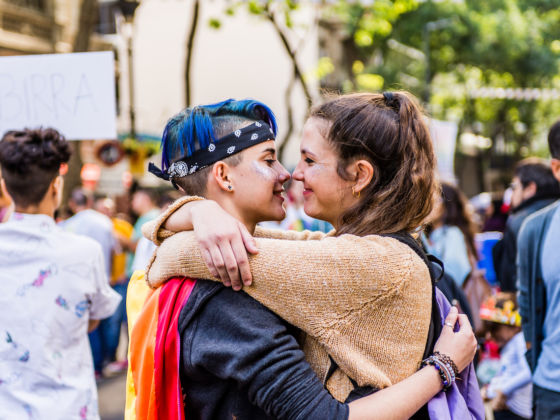1. LGBTQ-friendly sex stores need bullet-proof windows.
“The owners expected backlash in the beginning,” says sex educator Anastasia Fever of Albuquerque’s Self Serve, a sex-positive, LGBTQ-inclusive sexuality resource center and retail store now operating in its 8th year. “I was here in the store when it happened. [The rocks] shattered every window.”
